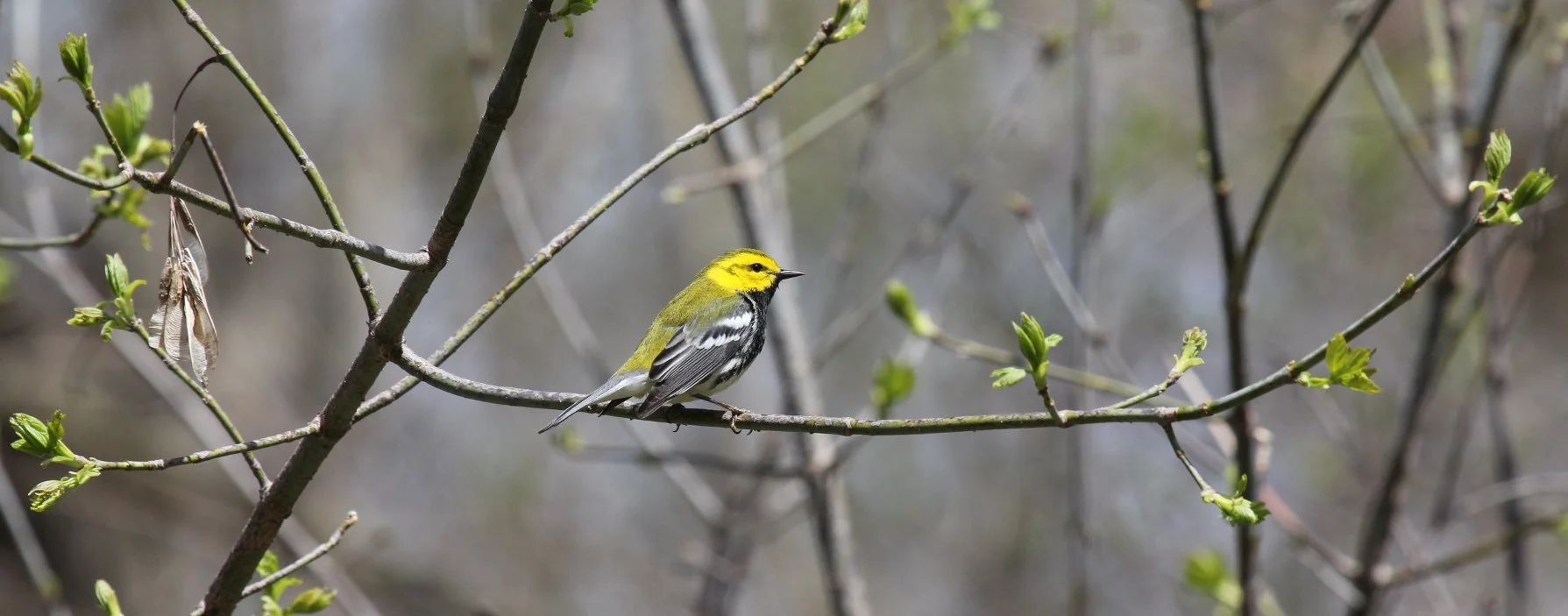Urban food webs
Cities are composed of an unnatural assortment of plants - many of which are nonnative in their geographic origin to where a city is located. Each plant provides unique resources (or obstacles) for insects and birds. We are working to piece together the complicated puzzle of urban food webs involving plants —> insects —> and birds in Los Angeles.
A coast live oak sapling on the Cal State LA campus. The coast live oak is the undisputed ‘champion’ of the native vegetation community in coastal Southern California in supporting bird communities. Coast live oak are one of the few native trees that are planted in some sections of Greater Los Angeles. The vast majority of planted trees (> 95%) throughout the urbanized area are nonnative in their geographic origin, which potentially limits the distribution of native insects that have co-evolved with native plants. Our current questions focus on testing the capacity of native and non-native oaks in supporting urban food webs in a newly funded NSF project. Our eventual goal is to have a ‘score’ for common trees and plants - native or not - throughout L.A. and their ability to support insects and birds.
Urban food web dynamics
A consistent pattern we notice in our bird foraging work is that food web diversity and stability are higher on trees native to the area (two green dots in the figure below), and then there is a consistent negative pattern for preference of trees that originate further from coastal Sothern California (pink and blue dots). Quercus virginiana is native to the gulf coast region of the U.S., and Q. ilex and Q, suber are native to the Mediterranean region.
Currently, we are planting over 200 oaks (the five species in the graph above) across L.A. and using exclosures and other ‘classic’ experimental designs to test a variety of hypotheses e.g., geographic distance, phylogenetic similarity, etc. In addition to our goal to ‘score’ trees based on their biodiversity potential, we seek to understand the drivers of insect communities and depredation of those insects by birds on native and non-native oaks.


